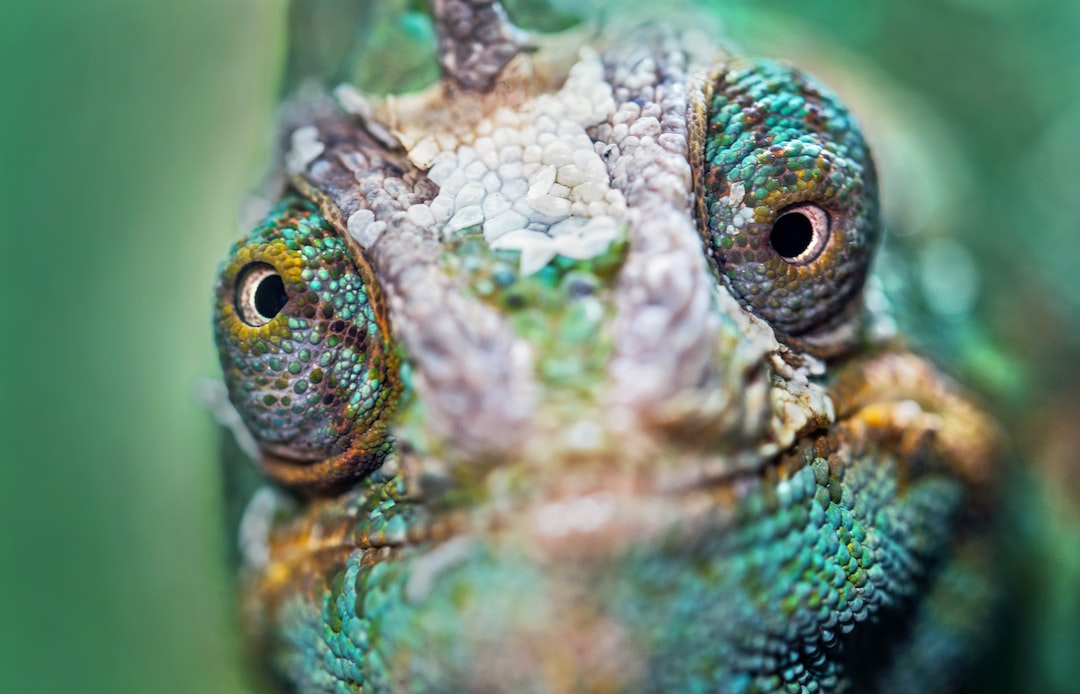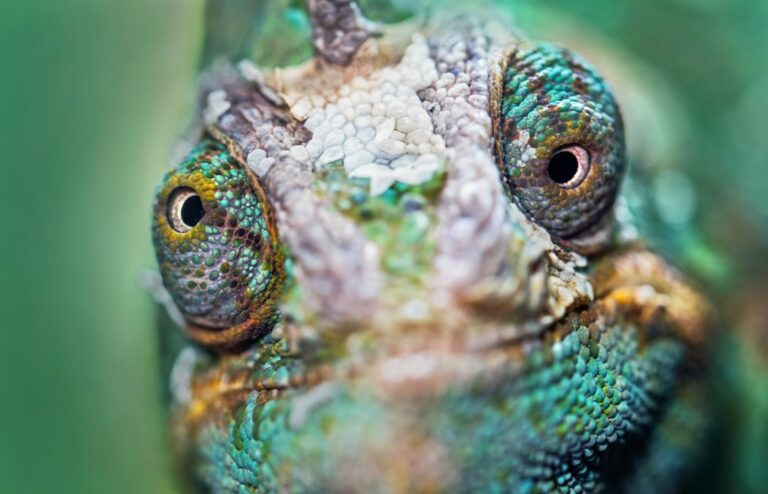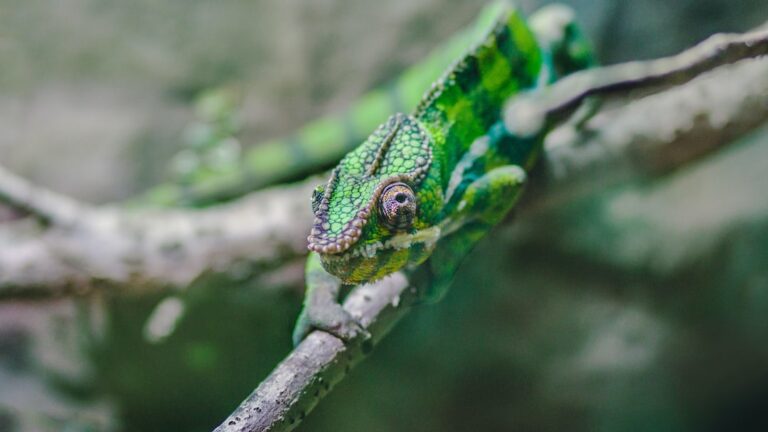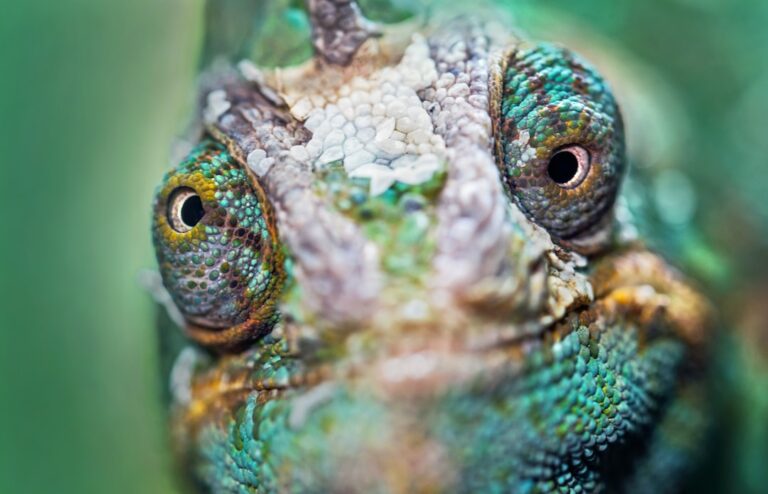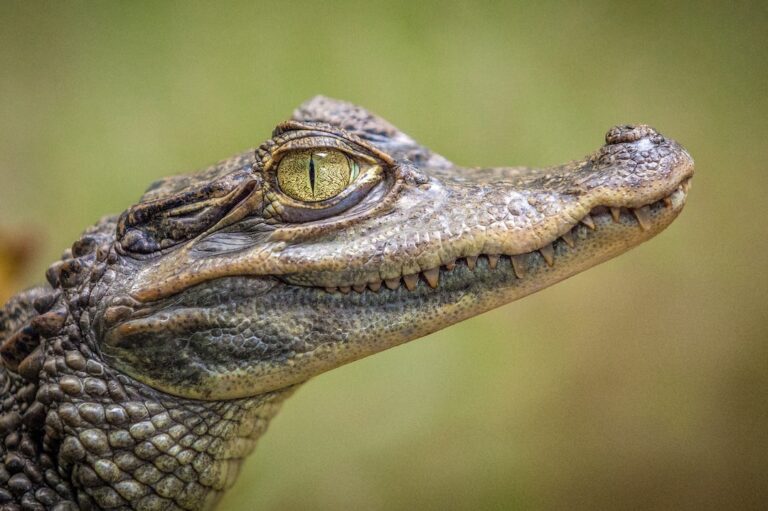Can Chameleons Eat Isopods?
Chameleons are fascinating creatures known for their ability to change color and blend into their surroundings. They are reptiles that belong to the family Chamaeleonidae and are native to Africa, Madagascar, and parts of southern Europe and Asia. Chameleons have unique characteristics that set them apart from other reptiles, such as their independently moving eyes, long tongues, and prehensile tails.
A balanced diet is crucial for the health and well-being of chameleons. In the wild, they primarily feed on insects, such as crickets, grasshoppers, and flies. However, it is important to provide a variety of food options to ensure they receive all the necessary nutrients. Chameleons require a diet that is high in protein, calcium, vitamins, and minerals to support their growth and maintain their overall health.
Table of Contents
What are isopods and why do chameleons eat them?
Isopods are small crustaceans that belong to the order Isopoda. They are commonly found in moist environments, such as forests, gardens, and even in some aquatic habitats. Isopods have a segmented body with multiple pairs of legs and a hard exoskeleton.
Chameleons eat isopods in the wild because they provide a good source of nutrition. Isopods are rich in protein, which is essential for muscle development and growth in chameleons. They also contain calcium, which is important for maintaining strong bones and preventing metabolic bone disease. Additionally, isopods are a good source of vitamins and minerals that contribute to overall health and well-being.
Nutritional value of isopods for chameleons
Isopods offer several nutritional benefits for chameleons. They are high in protein, which is necessary for muscle development and growth. Protein is also important for the production of enzymes and hormones that regulate various bodily functions.
Isopods are also a good source of calcium, which is crucial for maintaining strong bones and preventing metabolic bone disease. Chameleons require a high amount of calcium in their diet to support their rapid growth and to prevent deficiencies that can lead to skeletal deformities.
In addition to protein and calcium, isopods contain other essential nutrients such as vitamins and minerals. These nutrients contribute to overall health and well-being, supporting various bodily functions and promoting a strong immune system.
Compared to other common chameleon foods, such as crickets and mealworms, isopods offer a more balanced nutritional profile. While crickets and mealworms are also high in protein, they may not provide the same level of calcium and other essential nutrients as isopods.
How to feed isopods to chameleons safely
When feeding isopods to chameleons, it is important to ensure that they are safe and healthy for consumption. Here are some tips for safely feeding isopods to chameleons:
1. Source from reputable suppliers: Purchase isopods from reputable suppliers who specialize in providing feeder insects for reptiles. This ensures that the isopods are healthy and free from any potential contaminants.
2. Quarantine: Before introducing isopods into your chameleon’s enclosure, it is recommended to quarantine them for a period of time. This helps to prevent the spread of any potential diseases or parasites that may be present.
3. Gut-loading: Gut-loading is the process of feeding the isopods with nutritious food before offering them to your chameleon. This ensures that the chameleon receives all the necessary nutrients when consuming the isopods.
4. Dusting: Dusting the isopods with calcium powder before feeding them to your chameleon helps to ensure that they receive an adequate amount of calcium. This is especially important for chameleons that require a higher calcium intake.
Common types of isopods that chameleons can eat
There are several types of isopods that chameleons can eat. Here are some common types:
1. Armadillidium vulgare: Also known as the common pillbug or roly-poly, Armadillidium vulgare is a popular choice for chameleon owners. They are easy to care for and provide a good source of nutrition for chameleons.
2. Porcellio scaber: Porcellio scaber, also known as the rough woodlouse, is another common type of isopod that chameleons can eat. They are hardy and can be easily cultured at home.
3. Oniscus asellus: Oniscus asellus, or the common woodlouse, is a larger species of isopod that chameleons can consume. They are rich in protein and calcium, making them a nutritious food source.
How many isopods should chameleons eat in a day?
The number of isopods that chameleons should eat in a day depends on several factors, including the age, size, and species of the chameleon. As a general guideline, it is recommended to feed adult chameleons 5-10 isopods per day, while juvenile chameleons may require fewer.
It is important to monitor your chameleon’s weight and overall health to determine if the amount of isopods being fed is appropriate. If your chameleon starts to gain or lose weight, adjustments may need to be made to their diet.
Can feeding isopods to chameleons cause any health problems?
Feeding isopods to chameleons is generally safe and beneficial for their health. However, there are some potential health risks to be aware of.
One potential risk is the transmission of parasites or diseases from the isopods to the chameleon. This can be minimized by sourcing isopods from reputable suppliers and quarantining them before introducing them to your chameleon’s enclosure.
Another potential risk is overfeeding. While isopods are a nutritious food source, they should be offered as part of a balanced diet. Feeding too many isopods can lead to an imbalance in nutrients and potentially cause health problems.
It is important to monitor your chameleon for any signs of health problems, such as weight loss, lethargy, or changes in behavior. If you notice any concerning symptoms, it is recommended to consult with a veterinarian who specializes in reptile care.
Alternatives to isopods for chameleons’ diet
While isopods offer several nutritional benefits for chameleons, they are not the only food option available. There are several other foods that can be included in a chameleon’s diet to provide a balanced nutrition. Some alternatives to isopods include:
1. Crickets: Crickets are a common staple food for chameleons. They are high in protein and can be easily gut-loaded with nutritious food before feeding them to your chameleon.
2. Mealworms: Mealworms are another popular choice for chameleon owners. They are high in protein and can be easily sourced from pet stores or online suppliers.
3. Dubia roaches: Dubia roaches are a nutritious food option for chameleons. They are high in protein and calcium, making them a good choice for promoting healthy growth and development.
It is important to offer a variety of food options to ensure that your chameleon receives all the necessary nutrients. This can help prevent nutritional deficiencies and promote overall health and well-being.
How to prepare isopods for feeding to chameleons
Preparing isopods for feeding to chameleons is a relatively simple process. Here are some step-by-step instructions:
1. Source healthy isopods from a reputable supplier.
2. Quarantine the isopods for a period of time to ensure they are free from any potential diseases or parasites.
3. Gut-load the isopods by feeding them with nutritious food for at least 24 hours before offering them to your chameleon. This can include fresh fruits, vegetables, and commercial gut-loading diets.
4. Dust the isopods with calcium powder before feeding them to your chameleon. This helps to ensure that your chameleon receives an adequate amount of calcium.
5. Offer the prepared isopods to your chameleon in a shallow dish or by hand-feeding them one at a time.
Is feeding isopods to chameleons a good idea?
Feeding isopods to chameleons can be a beneficial addition to their diet. Isopods offer a good source of protein, calcium, vitamins, and minerals that contribute to overall health and well-being. They are easy to source and can be easily prepared for feeding.
However, it is important to ensure that the isopods are safe and healthy for consumption. Sourcing from reputable suppliers, quarantining, gut-loading, and dusting with calcium powder are important steps to take to minimize any potential risks.
While isopods offer several nutritional benefits, they should be included as part of a balanced diet that includes other food options as well. Offering a variety of foods ensures that your chameleon receives all the necessary nutrients for optimal health and well-being.
In conclusion, feeding isopods to chameleons can be a good idea as long as proper precautions are taken. Consult with a veterinarian who specializes in reptile care for specific dietary recommendations for your chameleon.
If you’re curious about what chameleons can eat, you might also be interested in learning about their sleeping habits. Check out this article on “Can Chameleons Sleep Upside Down?” to discover more about how these fascinating creatures rest and recharge. (source)

